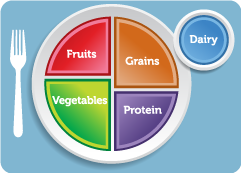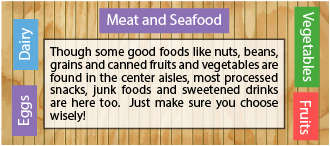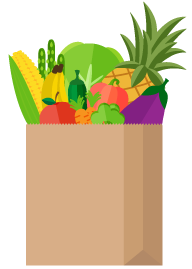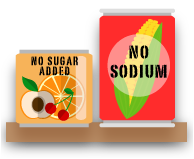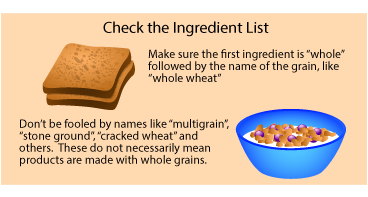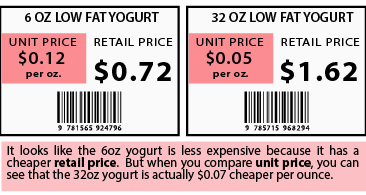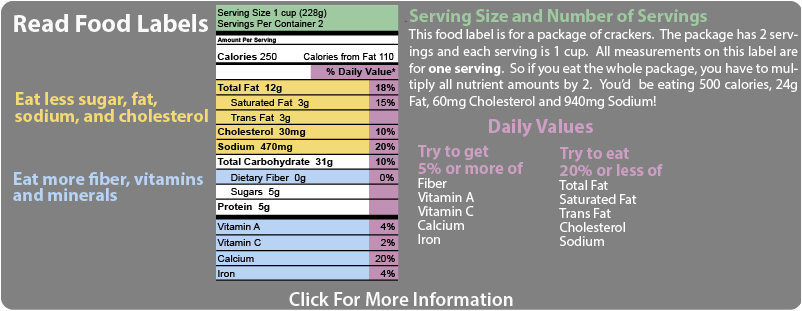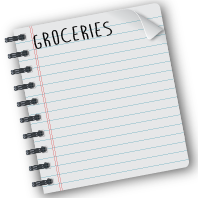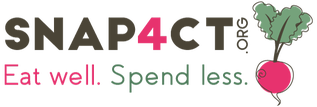|
|
Keep MyPlate in Mind
Before you go grocery shopping, make a shopping list that includes foods from all five food groups so you can build a healthy plate at every meal.
|
|
Remember the Rainbow When Buying Produce
Different colors mean different nutrients. When eating fruits and vegetables, try to eat as many colors of the rainbow as you can, so you get a variety of good nutrients. Visit Local Farmers' Markets When You Can It's always better to choose in-season and local produce. This will save you money, and your produce will taste better because it has traveled less to get to you. Many farmers markets accept SNAP, and some even double your dollars! |
|
Fruits and Vegetables are great in many forms... but be careful when buying canned and frozen!
If in-season fruits and vegetables are limited in your area, frozen and canned produce are great options. Canned and frozen produce is always less expensive than fresh, but it can be high in sodium and sugar. When choosing canned vegetables, choose low or no sodium options. When choosing canned fruits, make sure they are in 100% fruit juice or water rather than syrup. Choose frozen produce without added salt, fats or sugars. |
|
Use Unit Pricing to Compare Similar Foods
Unit pricing makes it easy to compare prices of similar products even though they may be packaged differently, or from different brands. Be sure to compare products with the same measuring unit. For example ounces to ounces or pounds to pounds. Remember, 16 oz = 1 lb! |
Note: The food label changed in 2020. The above information still applies, but it now looks a little different. Learn more about the Nutrition Label here.
|
Plan Your Meals, Make a List and Stick to it Planning will save time and money at the grocery store, and will make meal preparation easy. Take advantage of sales! Use the store’s bargain flyer to help plan your meals. Make your list before you go to the store and buy only what’s on your list. Sticking to your list will keep you within budget, and will prevent food from going to waste. If you end up with extra food, remember you can almost always freeze it! |
Use Foods in More Than One Meal
Keep this in mind especially if foods are on sale! You will not only save money, but meal time will be more interesting. Rather than eating the same foods all the time, experiment with trying foods in different ways. For example, you can eat beans by themselves, puree them in a dip to eat with tortillas or vegetables, have them on salads, or add them to chili and stews.
